For Any Queries
(+91)9313121314
(+91)9313121314
If you’re a business owner or a consumer in India, chances are you’ve come across the term GST. GST, or Goods and Services Tax, is a comprehensive indirect tax system that has transformed the Indian taxation landscape since its implementation in July 2017.
Here, we will delve into the world of GST, exploring its meaning, purpose, benefits, and how it affects various stakeholders. So, fasten your seatbelts as we unravel everything you need to know about GST in India.
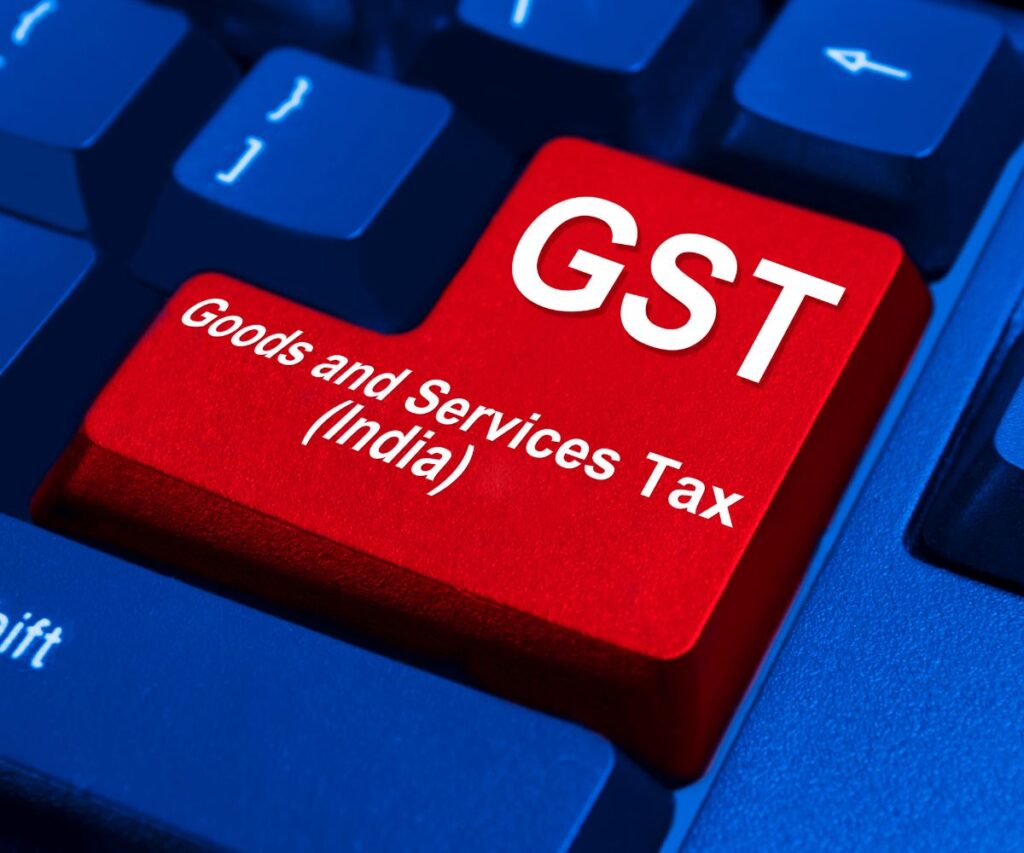
GST, in simple terms, is a single tax levied on the supply of goods and services throughout India.
It replaced a complex web of multiple indirect taxes, such as Central Excise Duty, Service Tax, Value Added Tax (VAT), and others, streamlining the taxation structure.
This unified tax system eliminates the cascading effect of taxes, reduces the burden on taxpayers, and promotes ease of doing business.
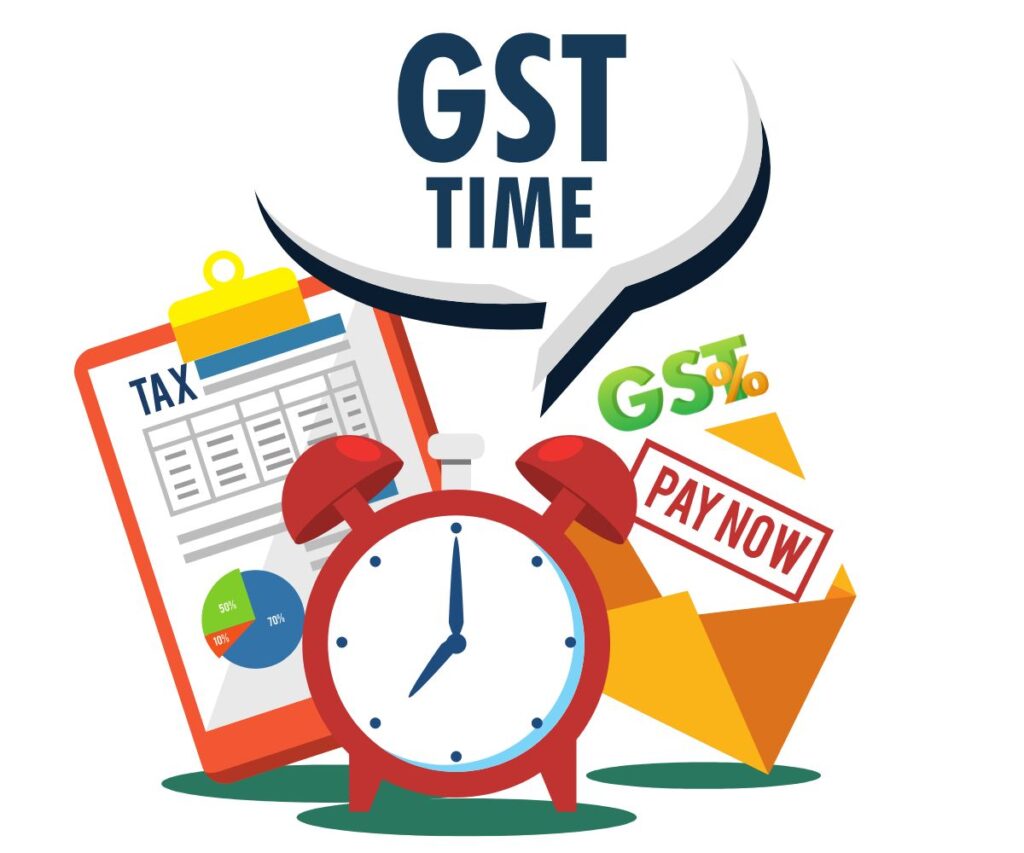
GST operates on a dual model, comprising Central GST (CGST) and State GST (SGST).
Under this model, both the central and state governments collect taxes on intra-state supplies, ensuring a fair distribution of tax revenue.
For inter-state supplies, Integrated GST (IGST) is levied, which is then divided between the central and state governments.
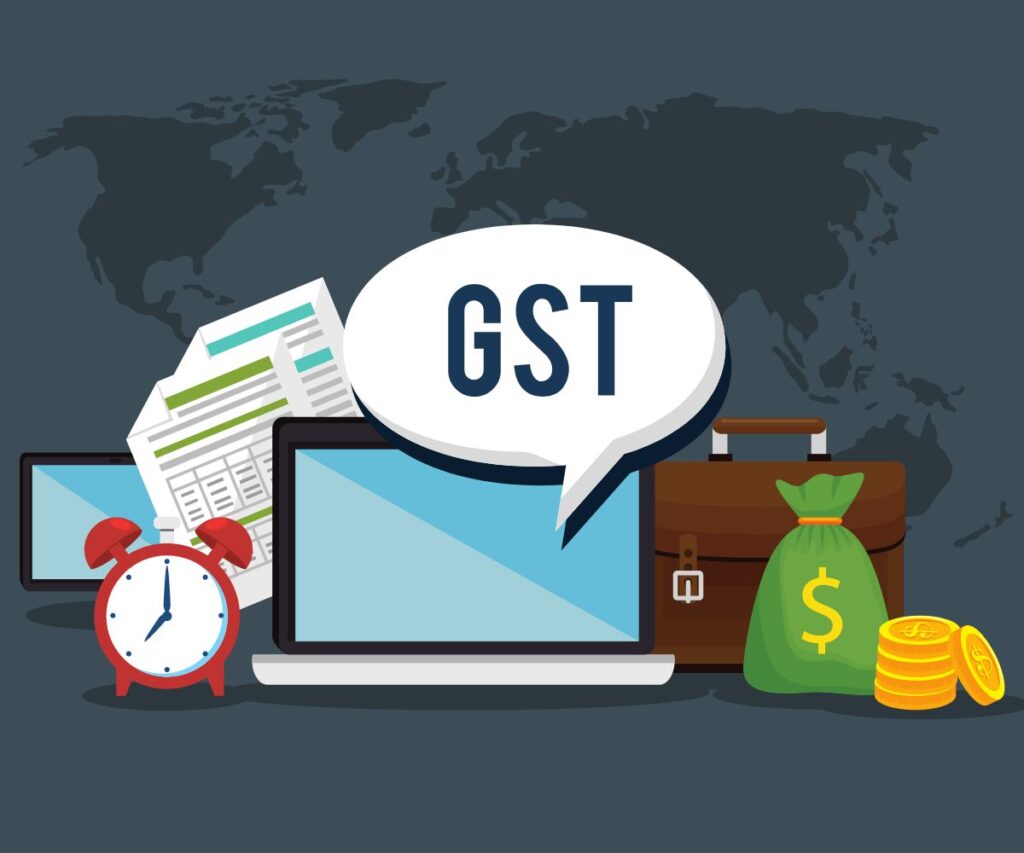
Any business with an annual turnover exceeding the specified threshold is required to register under GST.
Registration can be done online through the GST portal. Once registered, businesses are issued a unique Goods and Services Tax Identification Number (GSTIN), which acts as their identity for GST compliance.
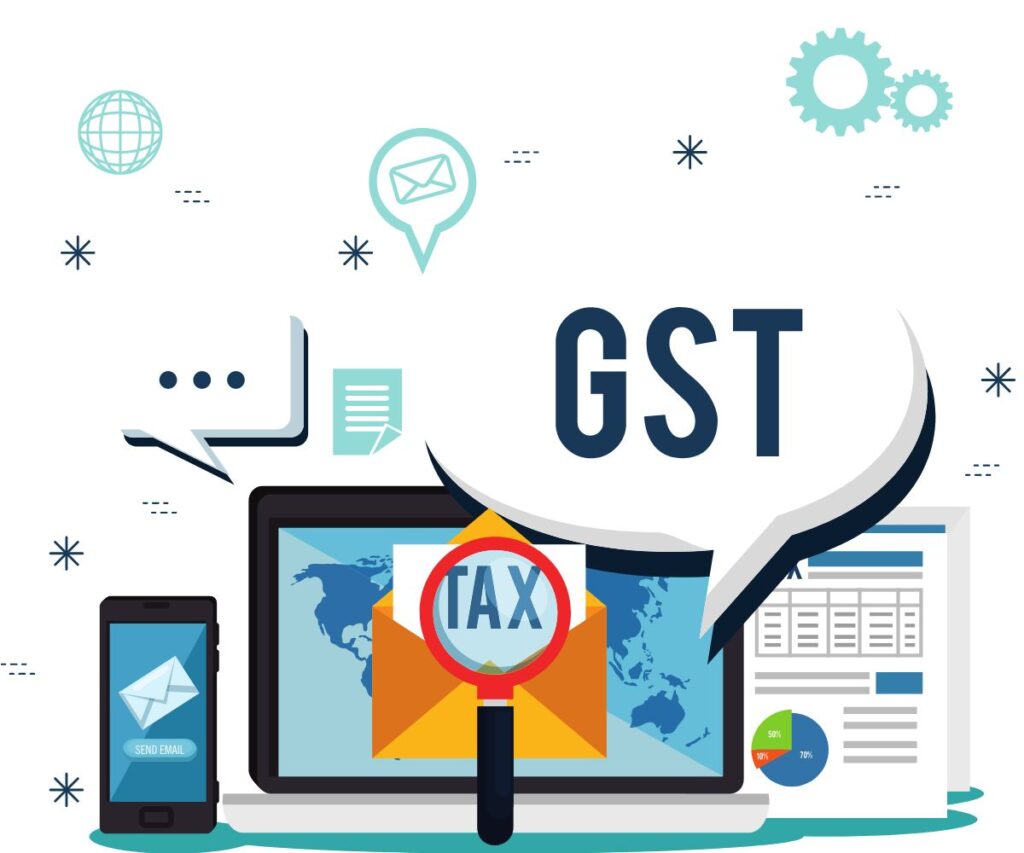
GST categorizes goods and services into different tax slabs, namely 0%, 5%, 12%, 18%, and 28%.
Essential items, such as food grains and healthcare services, fall under the lower tax slabs, while luxury goods and certain demerit items attract higher tax rates.
Additionally, some items may be exempted from GST or fall under the composition scheme for small businesses.
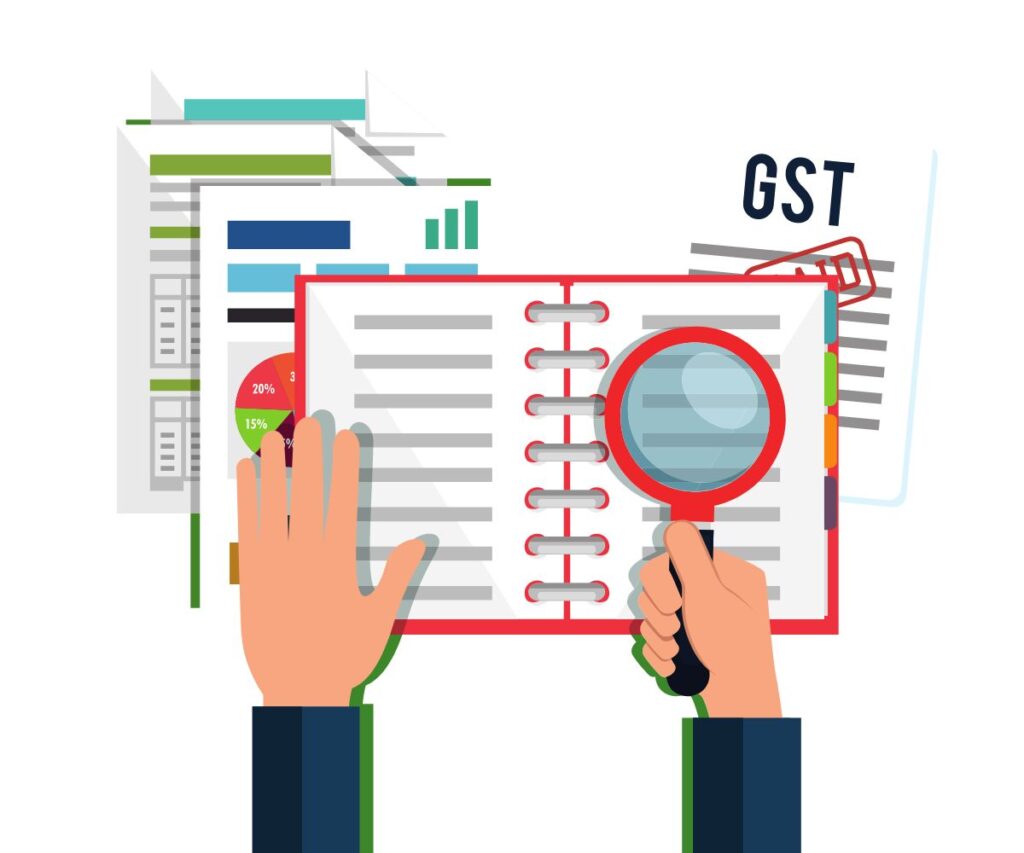
One of the significant advantages of GST is the input tax credit (ITC) mechanism.
It allows businesses to claim credit for the tax paid on their purchases, which can be set off against the tax payable on their supplies.
This helps in avoiding the cascading effect of taxes and reduces the overall tax burden.
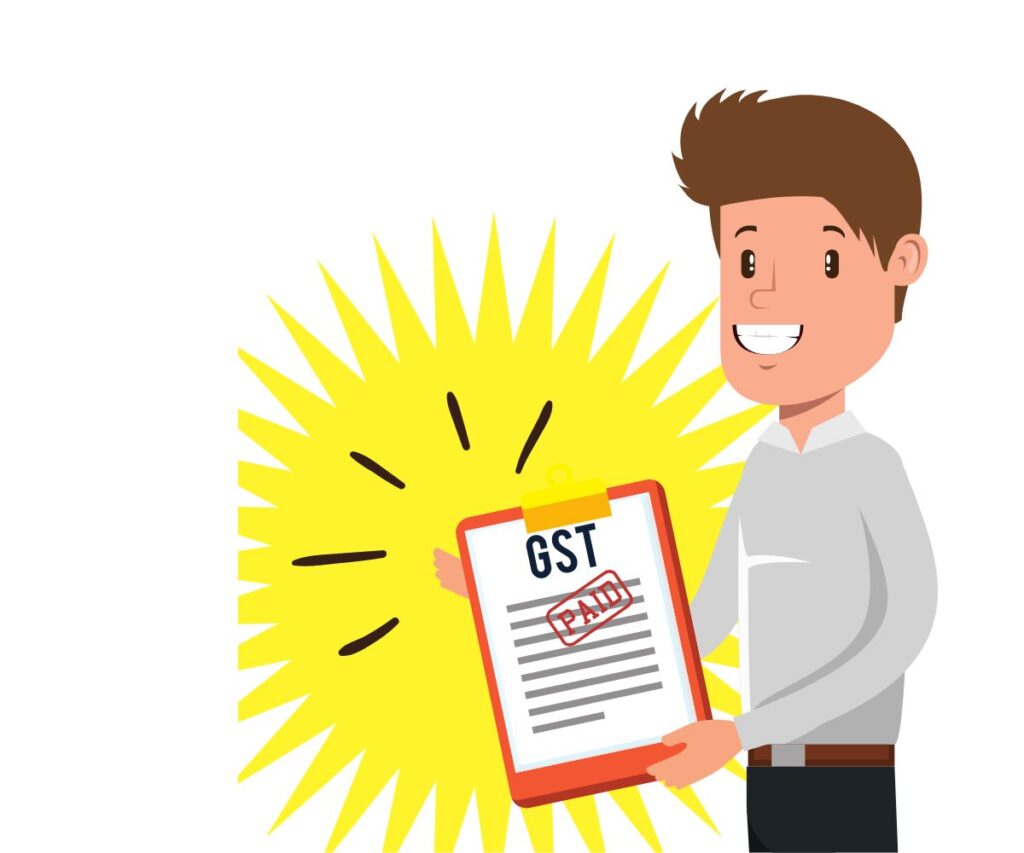
GST has brought about a paradigm shift in the way businesses operate. With the removal of multiple taxes and the introduction of a standardized tax system, businesses have experienced increased transparency, reduced compliance costs, and improved efficiency in logistics and supply chain management.
Moreover, GST has facilitated the ease of starting and expanding businesses across state borders.

From a consumer’s perspective, GST has resulted in a more simplified and transparent tax structure.
The elimination of multiple taxes has led to a reduction in the overall tax burden on goods and services, making them more affordable.
The GST regime has curbed the prevalence of tax evasion, ensuring a level playing field for businesses and fair pricing for consumers.

While GST has undoubtedly brought numerous benefits, its implementation hasn’t been without challenges.
Some of the key concerns include technological glitches in the GST portal, complex compliance procedures, frequent changes in tax rates, and difficulties faced by small businesses in adapting to the new system.
However, the government has been actively working to address these issues and refine the GST framework.

GST has undoubtedly revolutionized the Indian taxation system, simplifying the process for businesses and consumers alike.
With its unified approach, GST has eliminated the cascading effect of taxes, reduced compliance burdens, and promoted transparency and accountability. While challenges persist, the government’s efforts to address them demonstrate its commitment to refining the GST framework.
As a business owner or consumer in India, understanding the key aspects of GST is crucial to ensure compliance and take advantage of the benefits it offers.
Stay updated with the latest developments, consult professionals if needed, and make the most of the simplified tax regime brought about by GST.
Embrace this new era of taxation and contribute to the growth and development of the Indian economy.

Genuine Filings: Your trusted partner for accounting, taxation, legal, and business services
Head Office: 10234, Manak Pura, Karol Bagh, New Delhi, Delhi 110005
Branch Office: O-1/41B, Budhvihar Phase-1, New Delhi-110086
© Copyright – Genuine Filings 2023. All rights reserved. Developed by GEO Softech